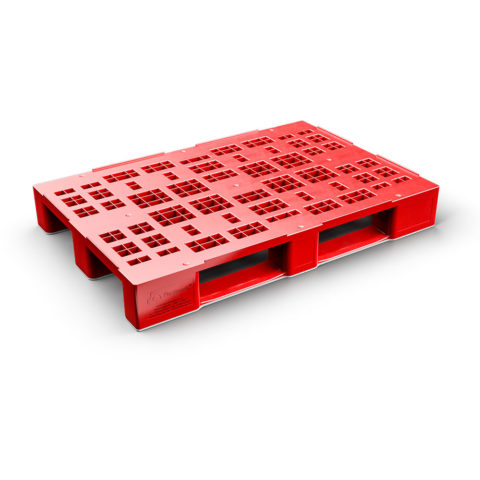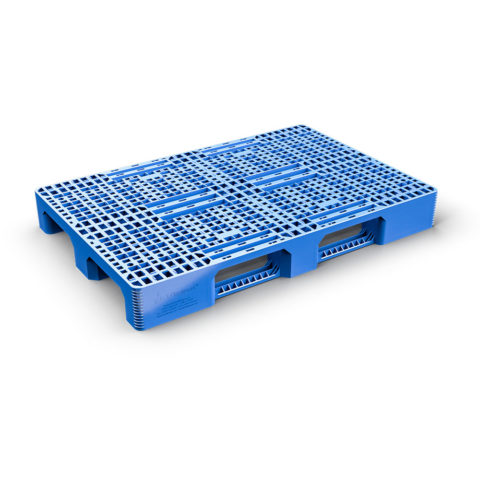Pallet
Consisting in a single mono-block and resistant to both low and high temperatures (from -20 to + 100 °C), Plastimark® PALLETS are the most robust, hygienic and ecological alternative to the conventional pallet and represent a significant step ahead to customise the sales outlet and enhance the goods on display.
Equipped with anti-overturning crossbeams, the PALLETS are manufactured with materials suitable for contact with foodstuffs and 100% recyclable.
Showing all 2 results

